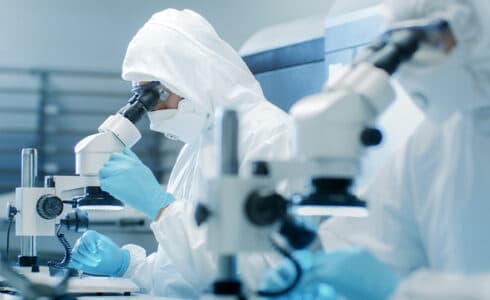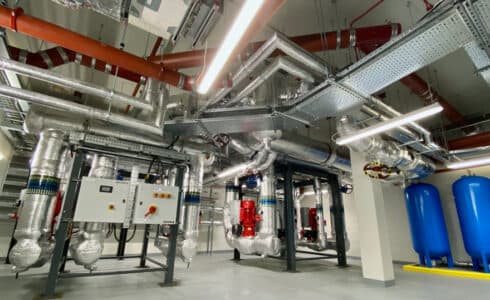Myth 1: Anyone Can Clean a Cleanroom
A common misconception is that cleaning a cleanroom is no different from regular cleaning. In reality, cleanroom maintenance requires specialised skills and knowledge. Key reasons include:
- Lack of Training: Standard cleaning methods often fail to meet strict cleanroom standards.
- Risk of Oversight: Untrained staff may unintentionally spread contaminants.
- Complacency Risk: When cleaning isn’t a primary responsibility, its importance can be overlooked.
Engaging trained professionals ensures proper cleaning methods are followed to prevent contamination and maintain compliance.



